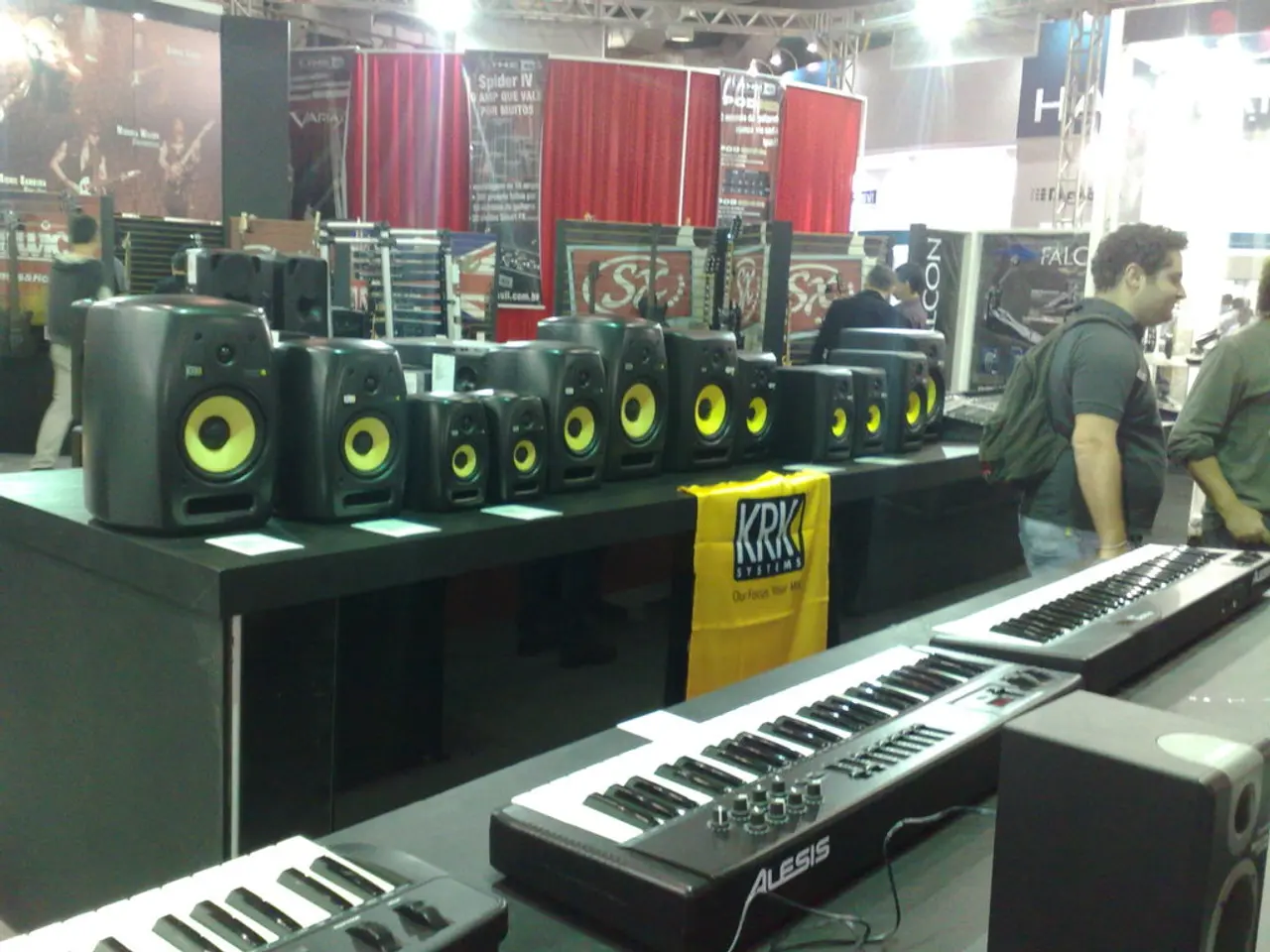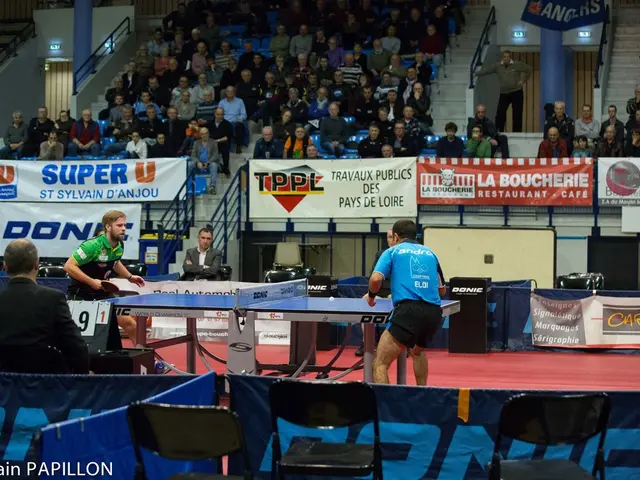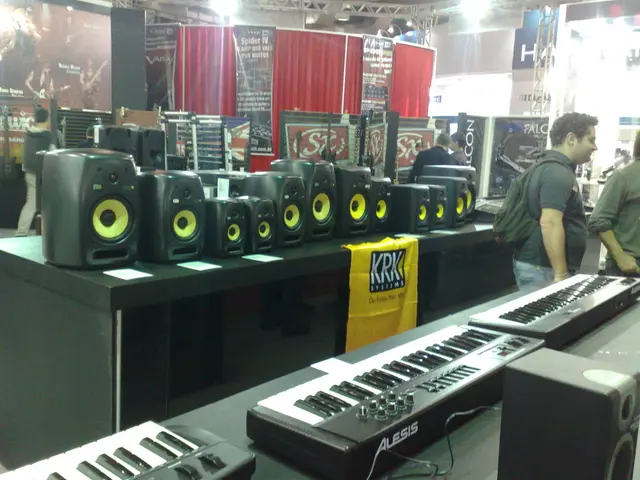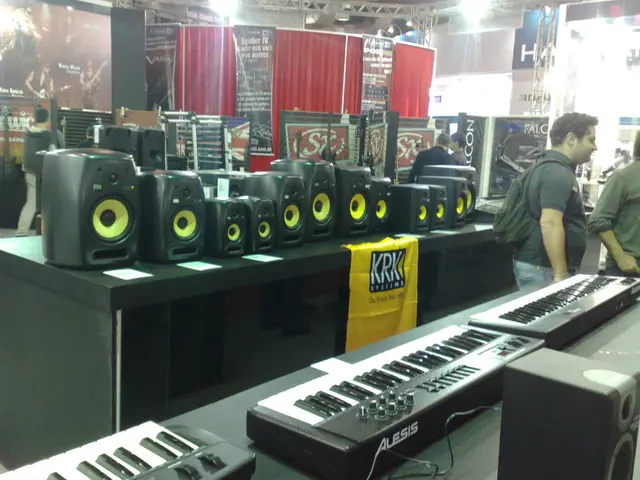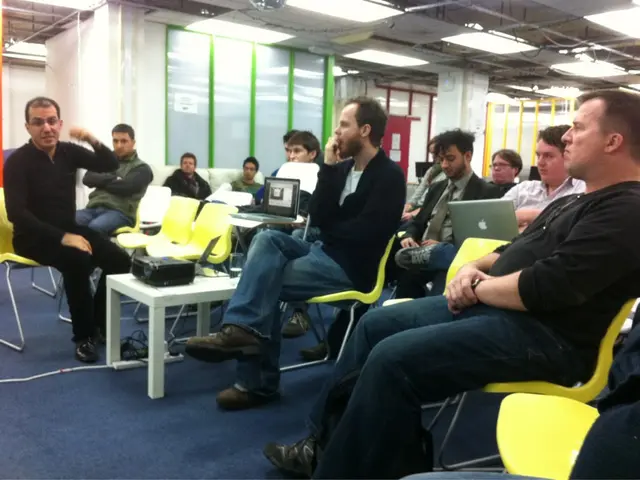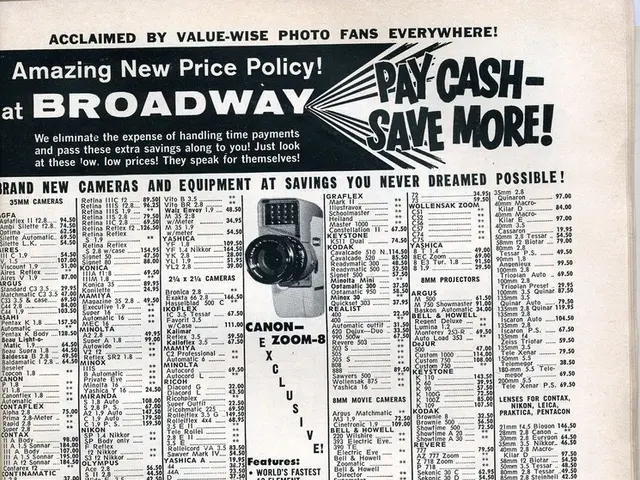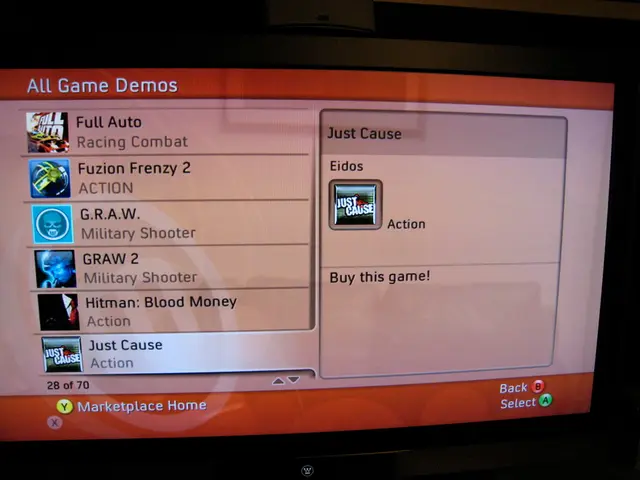Heavy traffic and potential parking congestion could result from the establishment of a new casino in Coney Island, as suggested by a recent study.
The Chickasaw Nation's proposed casino expansion in Coney Island, New York City, is one of eight contenders vying for three new Downstate casino licenses. The project, backed by a team including local developer Thor Equities, has raised concerns about its potential impact on local roads and parking[1].
The proposed casino is expected to bring thousands of cars to the neighborhood every day, with approximately 1,500 on-site parking spaces planned. However, the project anticipates the need for around 900 additional off-site parking spots to accommodate the traffic demand[2]. This shortfall raises concerns about spillover parking in residential neighborhoods and further congestion.
The documents submitted to the state regarding the Coney Island casino contain concerns about traffic and public parking. The Final Environmental Impact Statement (FEIS) highlights "significant adverse impacts at multiple intersections" and emphasizes that existing parking and road infrastructure will be overwhelmed, with over 27,000 daily trips predicted[4][5].
To mitigate traffic and parking challenges, the developers propose several measures. These include improvements to transit infrastructure, such as upgrades to the Stillwell Avenue subway station. They also plan to reroute streets, optimize traffic signals, and hire traffic officers to manage flow. Offering discounted or complimentary round-trip subway fares for casino guests and employees, and advocating for express subway service directly from Manhattan to Coney Island, are other proposed solutions[2][5].
Despite these proposed mitigations, local residents, community advisory members, and businesses express strong concern that traffic and parking will worsen, with the casino potentially bringing a "traffic hell" scenario to the already burdened neighborhood[2][4]. The concerns have been a central issue raised by community advisors during review meetings, reflecting skepticism about whether the proposed transit improvements will sufficiently offset the large-scale traffic increase[1][4][5].
As the Gaming Facility Location Board prepares to grant the Downstate casino licenses by the end of the year, the fate of the Coney Island casino remains uncertain. The project's potential impact on local infrastructure and the community's concerns will likely play a significant role in the decision-making process.
References: 1. The Brooklyn Paper 2. New York Post 3. CBS New York 4. Gothamist 5. Curbed
The casino culture or casino-and-gambling expansion in Coney Island, New York City, is anticipated to significantly increase traffic and parking demands, with daily trips predicted to exceed 27,000, potentially overwhelming the existing infrastructure[4][5]. This raised concern among local residents, community advisory members, and businesses, who fear that the traffic and parking situation may worsen due to the casino-games development, possibly leading to a "traffic hell" scenario[2][4].
